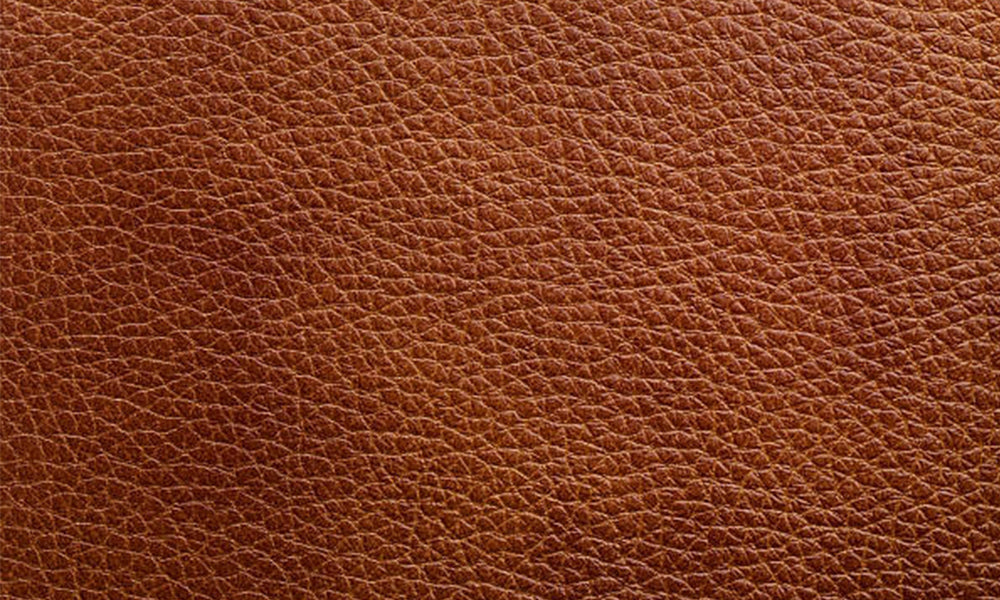Leather office chairs are a popular choice for many professionals, offering a combination of comfort, durability, and aesthetic appeal. But a common question arises when making such an investment: How long should a leather office chair last? This question is important not only for budget considerations but also for ensuring a comfortable and productive workspace.
In this blog post, we'll explore the factors that influence the lifespan of a leather office chair, tips for extending its longevity, and signs that indicate it may be time to replace your chair.
Factors Influencing the Lifespan of a Leather Office Chair
- Quality of Leather
- Full-Grain Leather: This is the highest quality leather, known for its durability and natural look. It retains the grain, making it more resistant to wear and tear.
- Top-Grain Leather: Slightly lower in quality compared to full-grain but still durable. It’s more affordable and treated to remove imperfections.
- Bonded Leather: Made from leftover scraps of leather bonded together with polyurethane. It’s less durable and more prone to peeling over time.
- Faux Leather: A synthetic alternative that mimics the appearance of real leather. It’s less expensive but generally not as durable.
- Usage Frequency
- Chairs that are used for extended hours every day will naturally wear out faster than those used occasionally. High-usage environments, such as offices where chairs are in use for 8+ hours daily, will see more rapid wear and tear.
- Weight Capacity
- Overloading a chair beyond its weight capacity can significantly shorten its lifespan. Most office chairs have a weight limit; exceeding this can damage the chair’s structure and materials.
- Environmental Conditions
- Exposure to direct sunlight, humidity, and temperature fluctuations can affect the leather. Sunlight can cause fading and cracking, while humidity can lead to mold and mildew.
- Maintenance and Care
- Regular cleaning and conditioning can extend the lifespan of a leather office chair. Neglecting maintenance can lead to premature wear and tear.
- Construction Quality
- The overall build quality, including the frame, padding, and stitching, plays a crucial role. Chairs with robust frames and high-quality stitching will last longer.
Expected Lifespan
On average, a well-maintained leather office chair can last anywhere from 7 to 15 years. However, this range can vary widely based on the factors mentioned above. Higher-end chairs made with premium materials and craftsmanship can even last up to 20 years or more with proper care.
Tips for Extending the Lifespan of Your Leather Office Chair
- Regular Cleaning
- Dust and dirt can cause abrasions that wear down the leather over time. Use a soft, dry cloth to wipe down the chair regularly. For a deeper clean, use a damp cloth with a mild soap solution and dry immediately with a soft towel.
- Condition the Leather
- Leather needs to be conditioned to maintain its suppleness and prevent cracking. Use a high-quality leather conditioner every 6-12 months.
- Avoid Direct Sunlight
- Prolonged exposure to sunlight can cause the leather to fade and crack. Place your chair in a spot that avoids direct sunlight or use curtains/blinds to mitigate exposure.
- Use a Humidifier
- In dry climates, the leather can become brittle. Using a humidifier can help maintain the leather’s moisture levels.
- Address Spills Immediately
- Leather is somewhat resistant to liquids but prolonged exposure can cause damage. Clean spills immediately to prevent stains and damage.
- Regular Inspections
- Periodically check the chair for any signs of wear or loose components. Tighten screws and bolts as needed and address any issues promptly to prevent further damage.
- Proper Usage
- Use the chair within its designed capacity. Avoid leaning back excessively or using it in ways it wasn’t intended, as this can strain the chair and shorten its lifespan.
Signs It's Time to Replace Your Leather Office Chair
- Visible Damage
- Cracks, tears, or peeling leather are clear signs that the chair is beyond its prime. While minor damages can sometimes be repaired, extensive damage usually warrants a replacement.
- Loss of Comfort
- If the padding has flattened or the chair no longer provides adequate support, it can lead to discomfort and even health issues like back pain.
- Structural Issues
- Squeaking, wobbling, or broken parts indicate that the chair’s structural integrity is compromised. This not only affects comfort but also poses a safety risk.
- Aesthetic Wear
- While cosmetic wear doesn’t affect functionality, a significantly worn chair can detract from the professional appearance of your office.
- Incompatibility with Needs
- As ergonomic needs change, you might find that your current chair no longer supports your posture or work habits effectively. Upgrading to a chair with better ergonomic features can improve your overall comfort and productivity.
Conclusion
Investing in a high-quality leather office chair can provide years of comfort and support. Understanding the factors that influence its lifespan and taking proactive steps in maintenance can maximize this investment. Regular care, mindful usage, and timely replacements are key to ensuring that your office chair remains a valuable asset in your workspace.
In summary, with proper care, a leather office chair can serve you well for 7 to 15 years, or even longer if it’s of premium quality. By paying attention to the signs of wear and practicing good maintenance habits, you can enjoy the benefits of a leather office chair for many productive years.



































